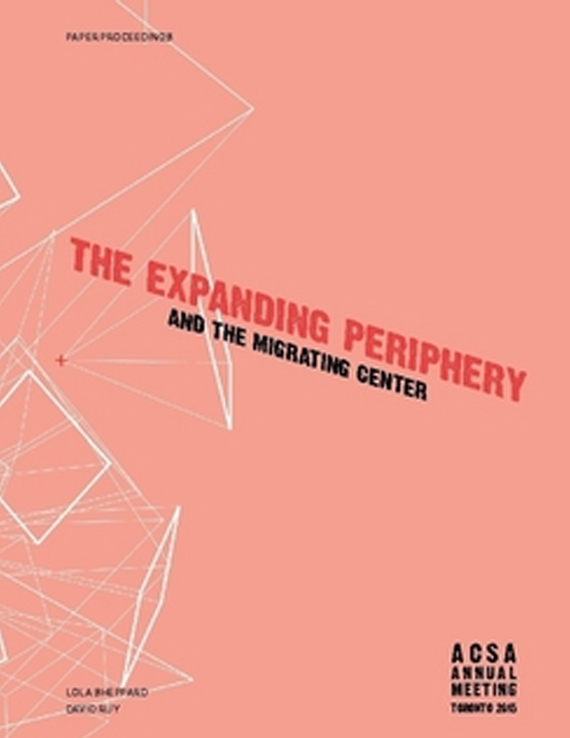Author(s): Clark Thenhaus
In architecture, like many creative disciplines, problems are not in binary relation to solutions, but rather are issues that arise from the history of ideas, often revealing new problems, that cannot be solved but can be worked on. Paul Rudolph made clear the problem of the architectural problem in reference to Mies Van Der Rohe, stating “All problems can never to solved…Indeed it is a characteristic of the twentieth century that architects are highly selective in determining which problems they want to solve. Mies, for instance, makes wonderful buildings only because he ignores many aspects of a building. If he solved more problems, his buildings would be far less potent.” Problems arise out of disciplinary history often requiring attention to methods, techniques, or aesthetic ideologies. The problem factor in architecture is hermeneutic as well as material. Problems are often developed from historical ideas, as stated by Bob Somol in the foreword to LA Under The Influence “Architecture, it seems, progresses only as old answers dissemble themselves through new questions.” Thus, architectural problems are concerned with those central to the discipline; problems that may be taken up internally without being the consequential responses to all other cultural systems, such as politics, economics, or environment. Louis Kahn famously remarked “You say to a brick, ‘What do you want, brick?’ And brick says to you, ‘I like an arch.’ And you say to brick, ‘Look, I want one, too, but arches are expensive and I can use a concrete lintel.’ And then you say: ‘What do you think of that, brick?’ Brick says: ‘I like an arch.’” There is a lot embedded in this mock-conversation between brick and architect. There are structural, economic, and aesthetic contingencies. Yet, there is a more subtle problem lurking here, sneaking in in the most cunning of ways where the polemical positioning between a brick and a monolithic concrete lintel points towards another architectural problem. No, not the brick problem, per se. Rather, the bricks relation to an arch form. Said more plainly, the problem of part-to-whole relationships in formal compositions. Architectural problems, historically, do not directly focus on ‘parts’ as a problem area, usually finding their subversive way into disciplinary problems through other means. However, concentrating on ‘parts’ as a problem of form and composition, rather than merely as a constituent in other problems, we may address a broad range of disciplinary issues traceable through historic lineages. In so doing, the architectural problem elides elemental and fixed tropes, and instead makes contact with them through a re-framing of the problem. In other words, by considering the mediums, in this case parts, rather than specific elements, an expansive yet still rigorous conversation may be had.
Volume Editors
David Ruy & Lola Sheppard
ISBN
978-0-935502-95-4

 Study Architecture
Study Architecture  ProPEL
ProPEL 
